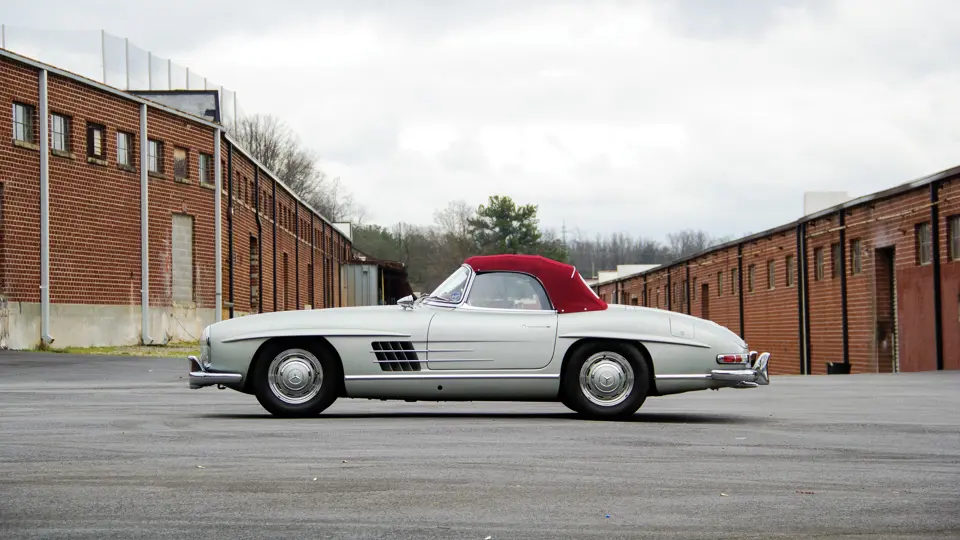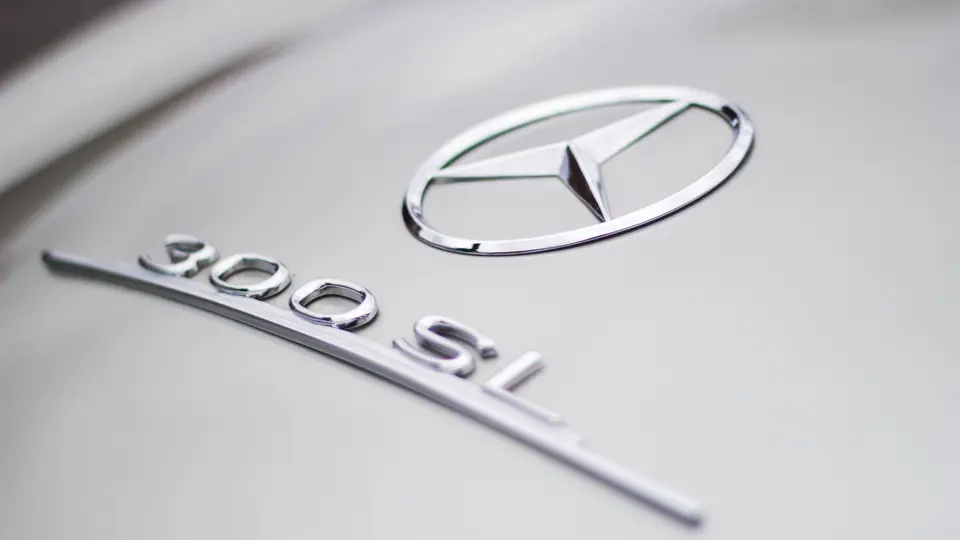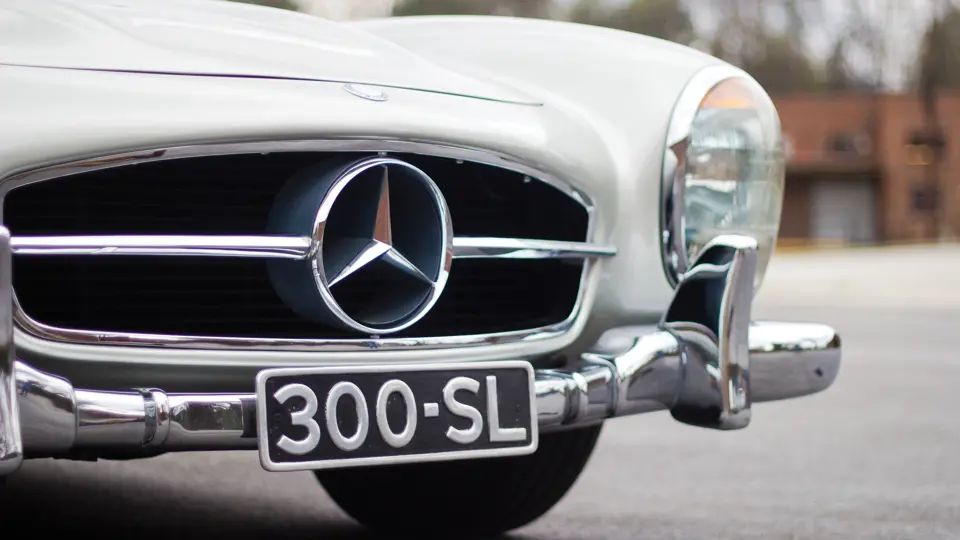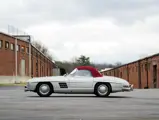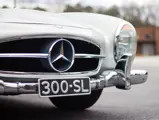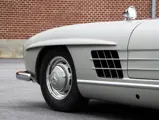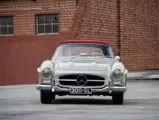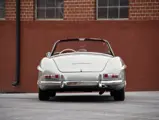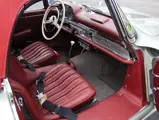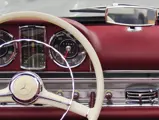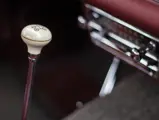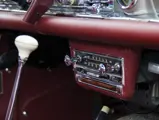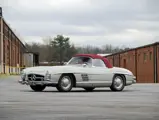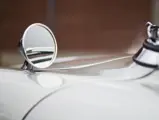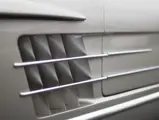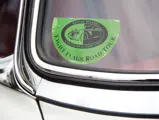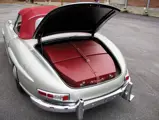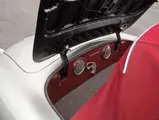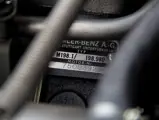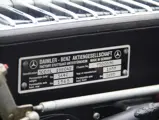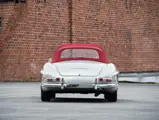
1957 Mercedes-Benz 300 SL Roadster
{{lr.item.text}}
$1,000,000 - $1,300,000 USD | Not Sold
{{bidding.lot.reserveStatusFormatted}}
- Offered from enthusiast ownership for the last 42 years; twice driven from coast to coast
- Restored by renowned 300 SL experts Rudi & Company in 2002
- Class winner at Amelia Island and Hilton Head; dutifully maintained since
- Includes full set of matching luggage
215 bhp (DIN), 240 hp (SAE), 2,996 cc SOHC inline six-cylinder engine, four-speed manual transmission, independent front coil-spring suspension, independent rear single-point swing axle coil-spring suspension, and four-wheel servo-assisted drum brakes. Wheelbase: 94.5 in.
When Max Hoffman, the U.S. distributor for Mercedes-Benz, convinced Daimler-Benz in 1953 to put a customer version of the astounding and successful 300 SL racecar into production, the distinctive gullwing doors and comfort of a closed cabin led the product planners to decide that the first version to be introduced would be the “Gullwing” Coupe. The speed with which that first prototype was to make its way to the New York Armory show and into dealer showrooms meant that shortcuts had to be taken, so, almost immediately after production began for the coupe, design work began on a roadster version with the goal of correcting the flaws of the coupe.
In particular, Hoffman believed that U.S. demand, especially on the West Coast, would be much stronger for a roadster that offered the pleasures of top-down motoring. Hoffman’s appraisal proved prescient; after good sales of just over Hoffman’s commitment of 1,000 units in 1955, the first full year of production, Gullwing sales dropped to only 311 in 1956, and production was terminated in mid-1957 with 1,400 units sold.
The most obvious area in need of improvement from the coupe was the tube frame that dictated high, wide sills under the doors, requiring drivers and passengers to execute an acrobatic entry and exit. Dealers would even have one of their female staff members provide instructions in private to ladies taking delivery to show them how to get in and out of the car in the most ladylike way possible. By adding diagonal struts to brace the lowered side sections and strengthening the many of the mainframe tubes, the engineers were able to maintain torsional rigidity in the roadster while lowering the center connections below the doors. Larger doors in a traditional shape were added to make access easier as well as to permit the use of roll-up windows, which also alleviated hot and stuffy conditions on warm days.
Due to the geometry of the rear end that had been adapted from the W186 chassis of the larger 300 sedans, the coupes also had a penchant for bump oversteer. To counter this problem, the roadster chassis used the single-pivot swing-axle rear suspension adapted from the 220a sedans, with a coil spring mounted transversely above the differential linked to the axles by vertical struts. If a rear wheel hit a bump while cornering, this additional spring would compress, stiffening that rear corner and mitigating oversteer. The changes to the frame and suspension also allowed the installation of softer coil springs, providing the roadsters with a more compliant and comfortable ride without affecting the sporty handling.
Performance was improved with several changes from the coupe. Engine compression was increased to take advantage of 100-octane gasoline becoming available, and the sports camshaft became standard, which increased horsepower by 25 to offset the 250 pounds of additional weight of the roadster.
All in all, the roadsters sold well from introduction in 1957 to conclusion of production in 1963, with a total of 1,858 units sold. Of course, the consequence of the higher sales and less unusual appearance has kept prices slightly more affordable than the coupes, though high-quality examples like this one frequently sell well regardless.
This lovely example was produced during the first year of roadster sales and has been owned by the consignor for the past 42 years. The chassis number, body number, and engine number are documented to be original on the car’s data card from Daimler-Benz. Like other members of the Gull Wing Group, the owner has actively enjoyed the car, driving it from coast to coast on club tours—two times no less!
To bring it back to original showroom condition, the consignor had it completely restored in 2002 by Rudi & Company on Vancouver Island, one of only a handful of experienced 300 SL restoration shops in North America. Mechanical work was entrusted to Marx Mercedes Services of Costa Mesa, California. The car was finished in traditional Silver Metallic (DB180), and the leather interior, originally Parchment, was finished to the current pleasingly deep red. That same interior color is echoed in the desirable matching fitted luggage that maximizes the capacity of the luggage compartment, with the spare tire and wheel tucked neatly beneath the trunk floor. Furthermore, the car was fitted with desirable European-specification headlights, for improved nighttime visibility, as well as a 3.25:1 rear end for more comfortable cruising at highway speeds. The car has since won its class at both Amelia Island and Hilton Head, speaking to the quality of the restoration.
Stunning is a word that is used too casually in the classic car world. But in the case of this Mercedes-Benz 300 SL roadster, it is the first word that comes to mind when an admiring glance is followed by a peek at the interior, a check of the luggage space, and a more detailed inspection of the engine compartment. And the longer one spends with this nicely fettled Rudi & Company restoration, the more certain one can be of the appropriateness of “stunning.” Even in a crowd, this roadster will stand out from its peers. It is ready for the next owner, who, like most stewards of the 300 SL roadster, will enjoy its performance on long-distance tours or display it with pride at annual Gull Wing Group gatherings, be it on either coast.






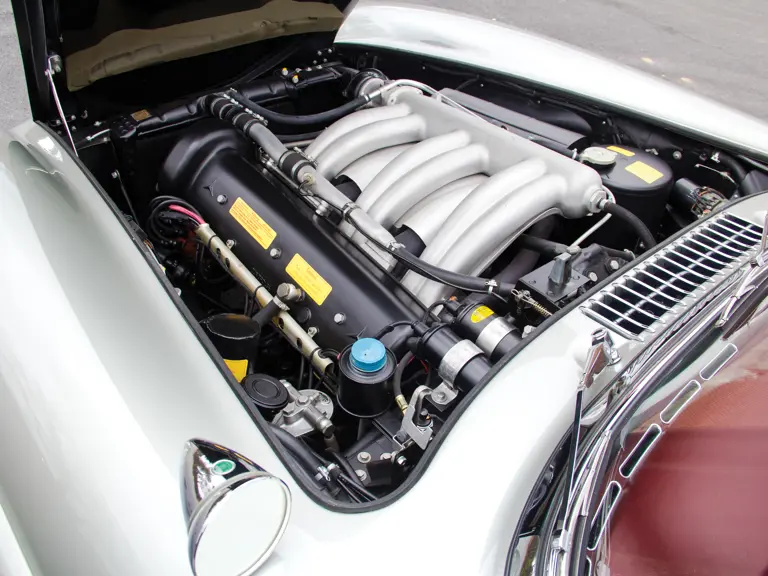
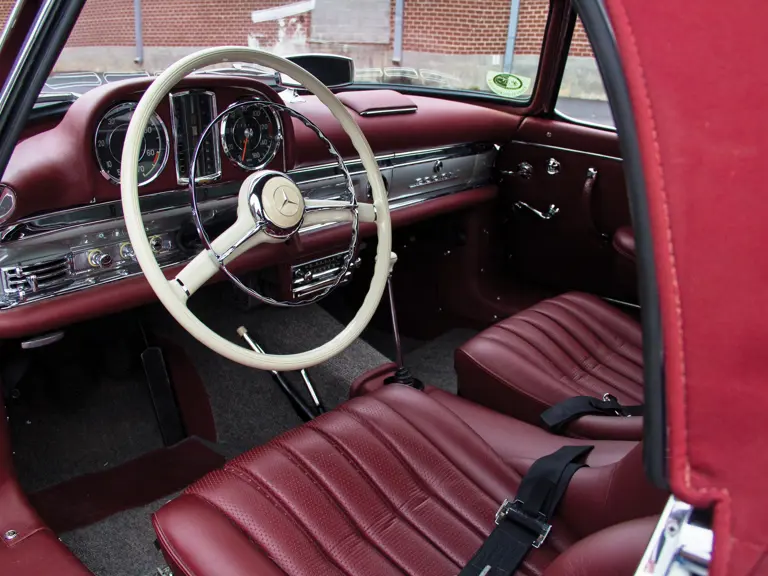


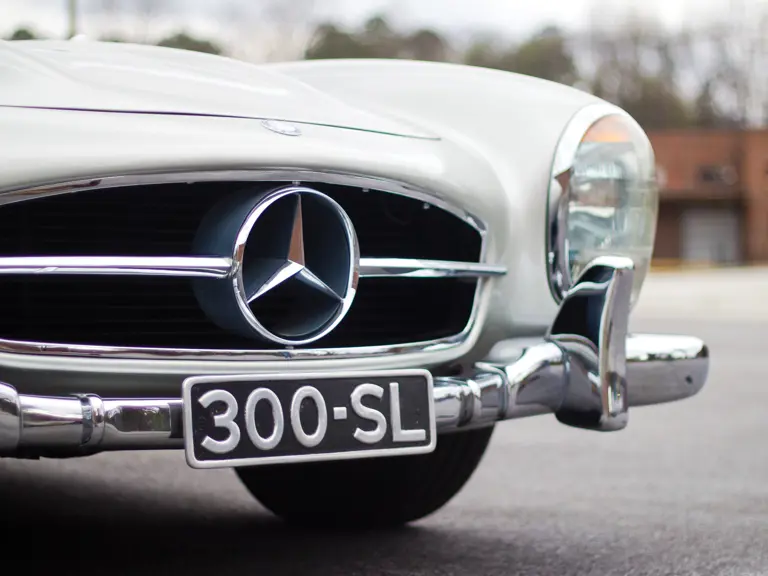
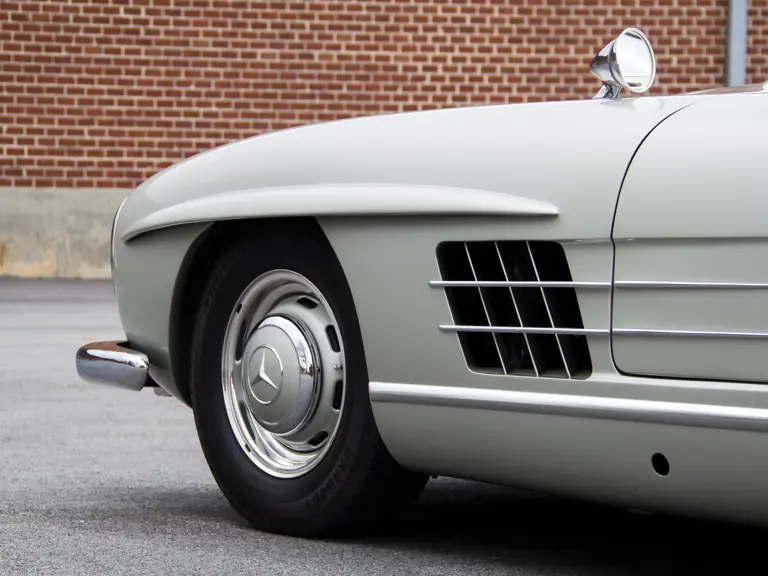
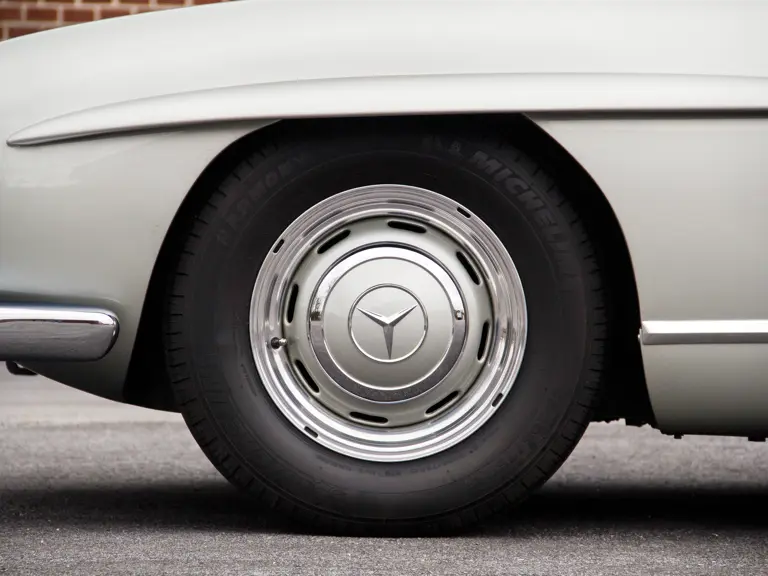
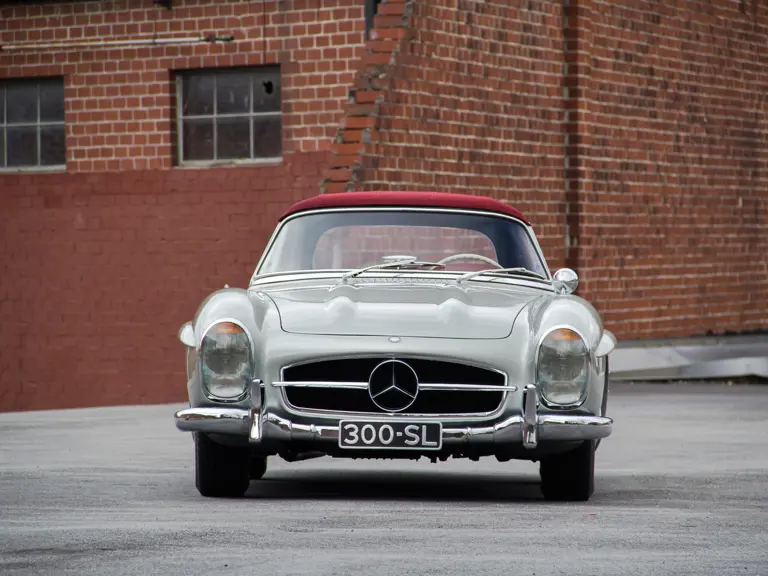
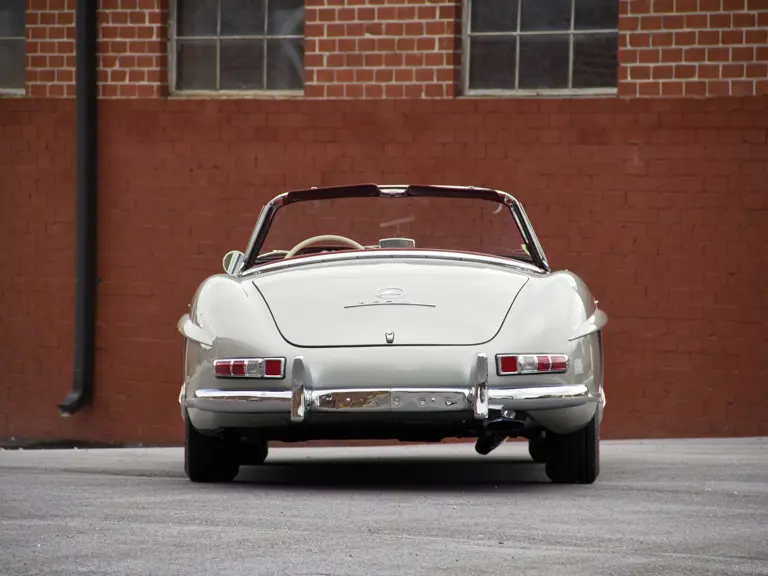
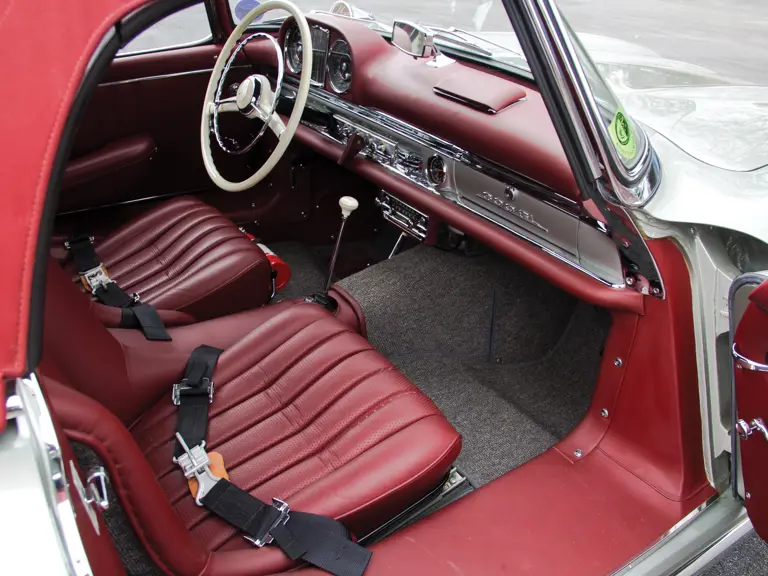
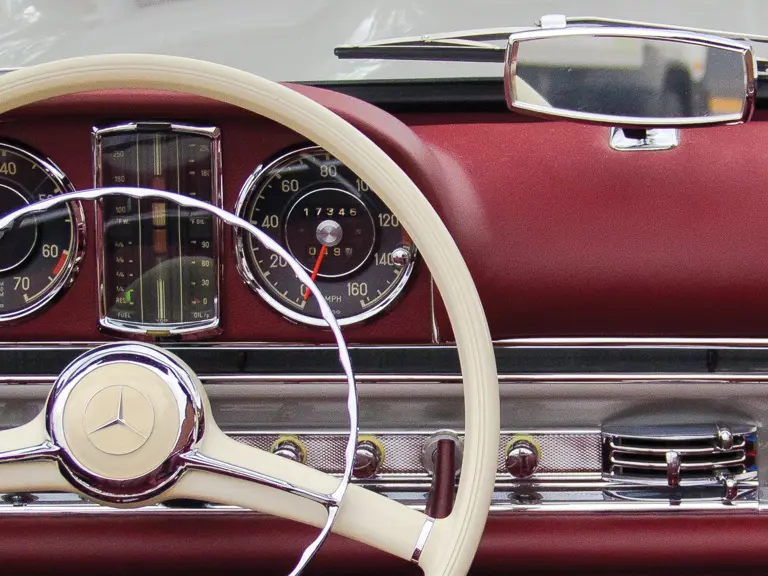
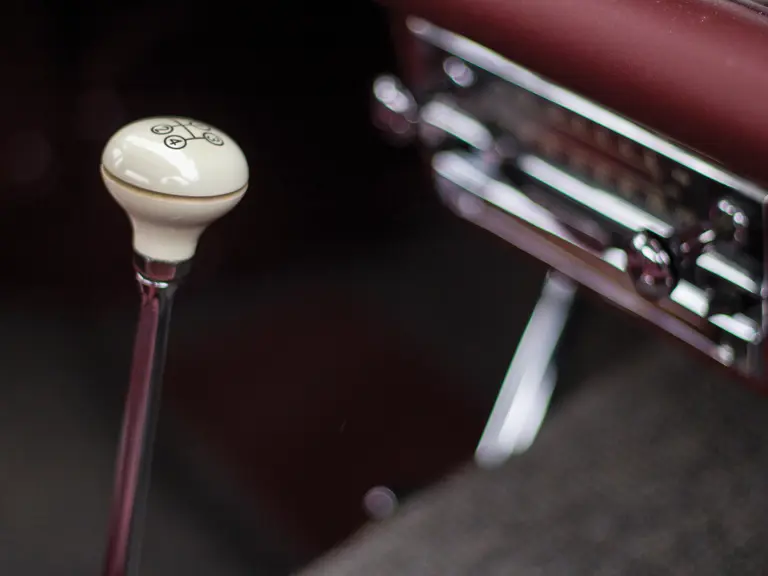
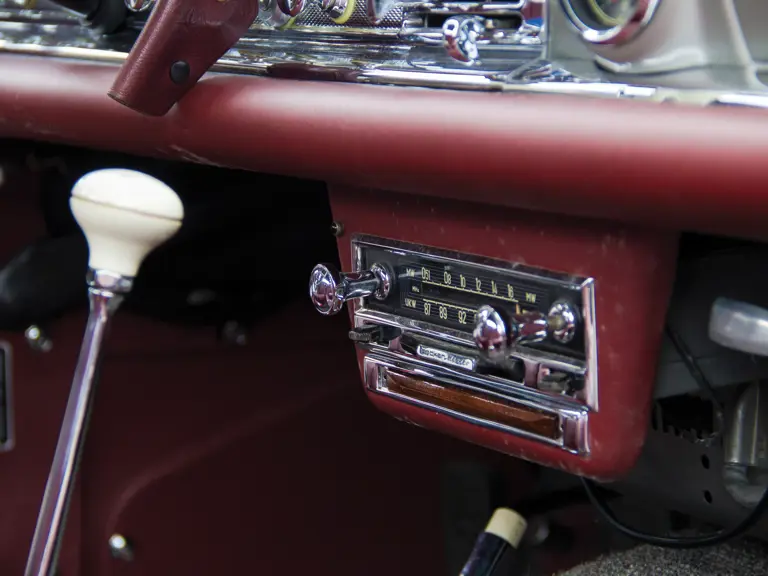
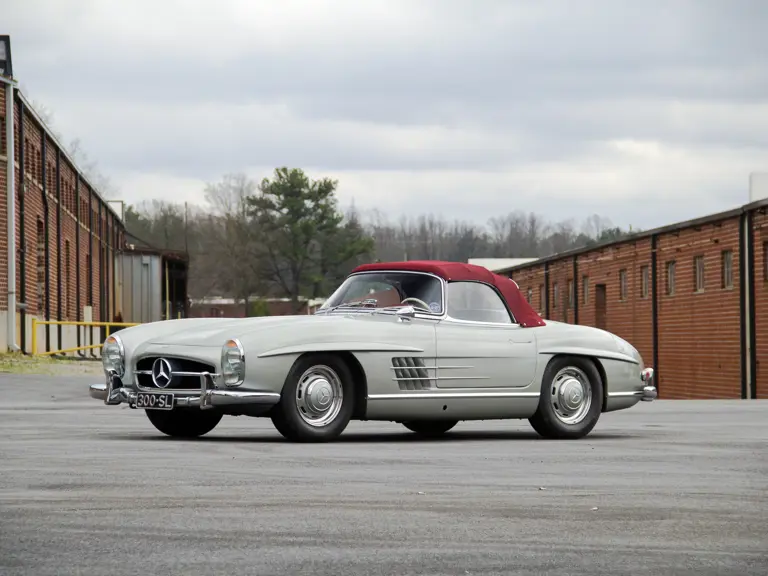
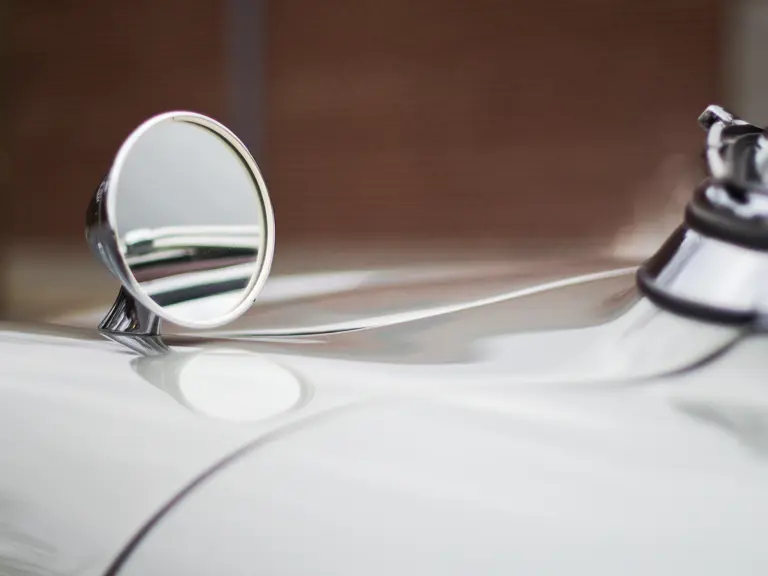
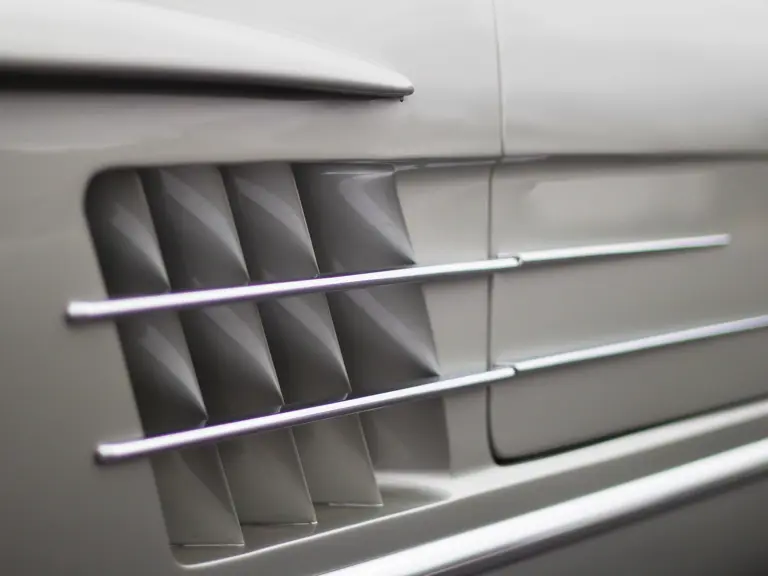
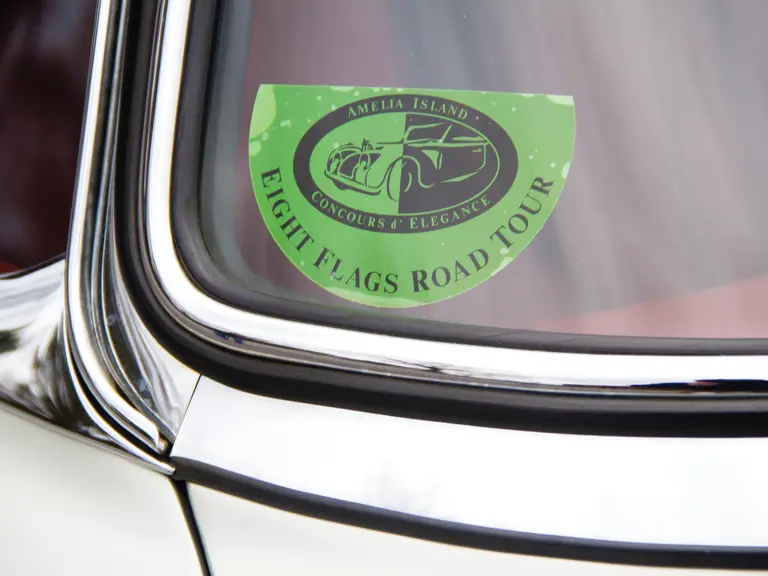

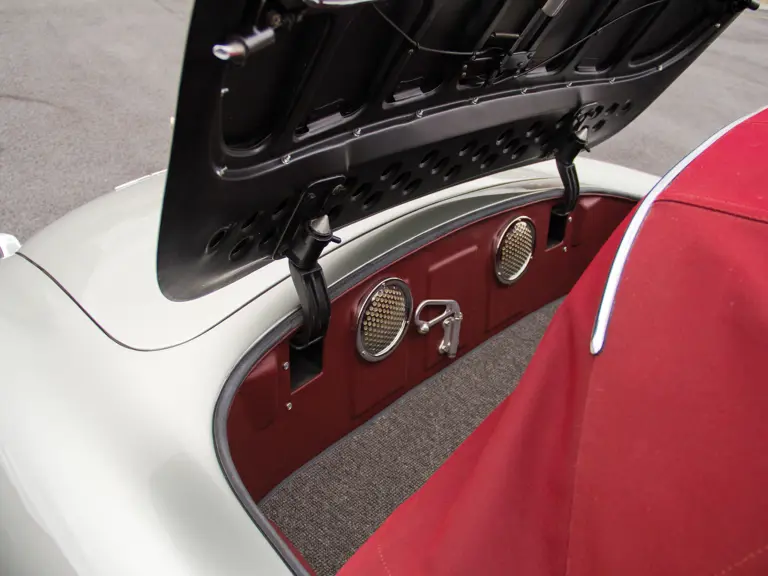
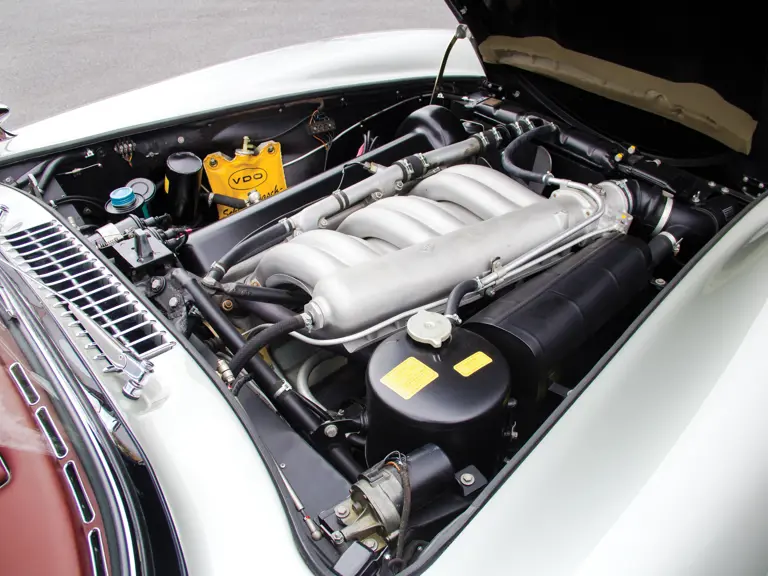


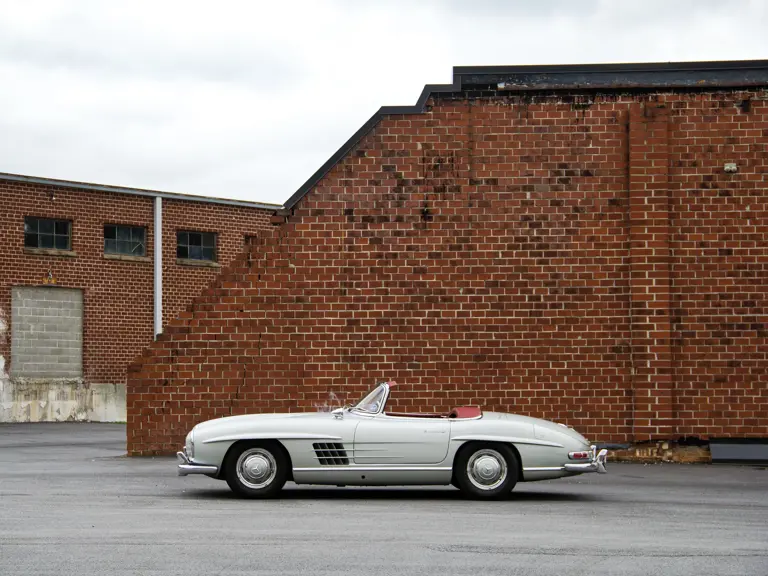
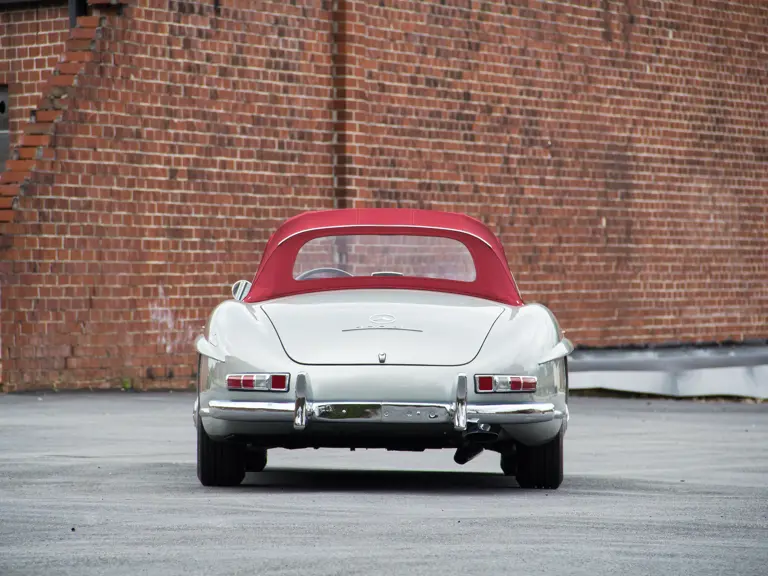
 | Amelia Island, Florida
| Amelia Island, Florida
